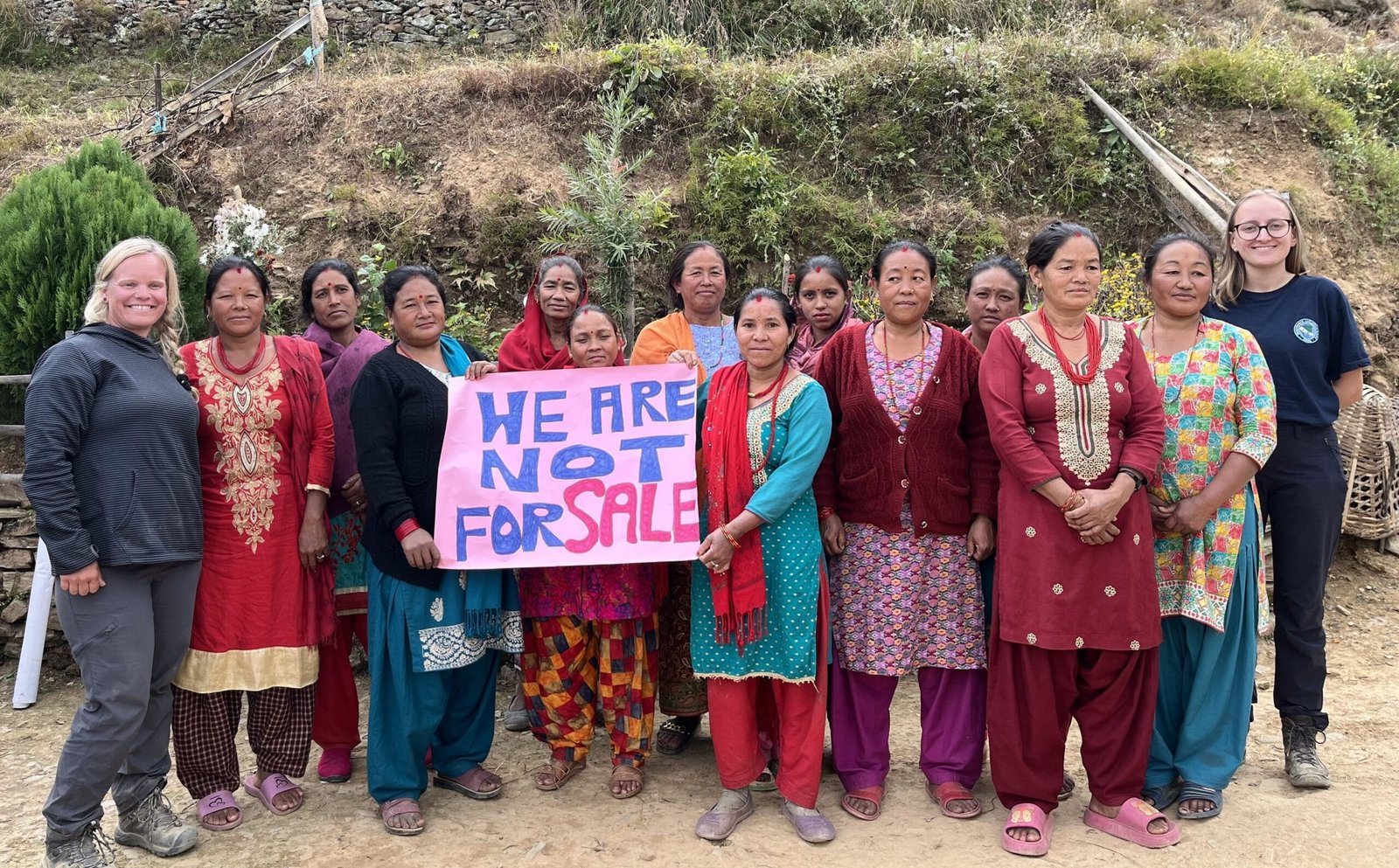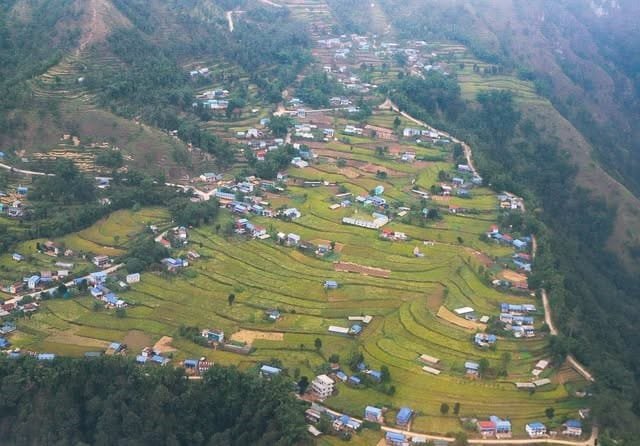Table of Contents
Introduction
Human trafficking is considered as one of the biggest crime in today’s world. Human trafficking can be defines as the trade of humans by the use of force, manipulation, violence, false promise etc. for the various purposes like sexual exploitation, slavery, forced labor, organ extraction etc. Trafficking of the person has emerged as a global humanitarian phenomenon gaining media coverage, academics, political and international framework of laws as one of the greatest challenge of society. Human trafficking is a modern form of slavery, marked by forced labor, debt bondage, forced and illegal recruitment, movement including illegal transaction of human organs. Human trafficking first came to the attention of the international community in the late 1980s. By the beginning of 21st century it had been recognized as a serious crime.
Every year, huge numbers of women, men and children are traded for the personal benefits of traffickers. The main concept of human trafficking is to exploit people against their consent. This modern form of slavery induces different magnitudes and ways of exploitation violating human rights, the international and national laws as well as state’s obligations. Traditionally, the trafficking is confined to the purpose of ‘prostitution’ in Indian brothels. However the emerging trend is not limited to the prostitution only. The trafficking can be done for the exploitation of children in circus, organ transplant, child labor.

Human trafficking through Legal lens
Human Trafficking and Transportation (Control) Act, 2064 has defined human trafficking and human transportation in a different form. The Act define human trafficking as buying and selling of human body, forcing any person on prostitution with or without any benefits, extracting human organ and engaging prostitution3. Similarly, the Act defines taking any person out of the country for the purpose of buying and selling and take anyone from his /her home, place of residence or from a person by any means such as enticement, inducement, misinformation, forgery, tricks, coercion, abduction, hostage, allurement, influence, threat, abuse of power and by means of inducement, fear, threat or coercion to the guardian or custodian and keep him/her into ones custody or take to any place within Nepal or abroad or handover him/her to somebody else for the purpose of prostitution and exploitation as an offence of human transportation.4
According to Palermo protocol (article 3.a), Trafficking in persons shall mean the recruitment, transportation, transfer, harboring or receipt of persons by means of threat or force or other forms of, coercion, of abduction, of fraud, of deception of the abuse of power or of a position of vulnerability or of the giving or receiving of payment or benefits to achieve the consent of a person having control over another person, for the purpose of exploitation. Exploitation shall include, at a minimum, the exploitation of the prostitution of others or other forms of sexual exploitation, forced labor or services, slavery or practices similar to slavery, servitude or the removal of organs (United Nations 2000:2, Article 3a). It must comprise of act, means and goal.
This broad definition of trafficking includes sex trafficking as well as trafficking into exploitation work situations such as domestic help, agricultural workers, and workers in dangerous industries as well as those trafficked as child soldiers. It also includes trafficking for adoptions into begging, and the less well-known and analyzed problem of organ trafficking.
Modern slavery takes many forms.
The most common are:
- Human trafficking
- Forced labor
- Debt bondage/bonded labor
- Descent- based slavery
- Slavery of children
- Forced and early marriage
People end up trapped in modern slavery because they are vulnerable to being tricked, trapped and exploited, often as a result of poverty and exclusion. It is these external circumstances that push people into taking risky decisions in search of opportunities to provide for their families, or are simply pushed into jobs in exploitative conditions.
Talking about the history of slavery, it was present in almost every civilization like in ancient Egypt, china, Greece, Roman Empire etc. most of the society takes slavery as a part of their daily life. Bonded labor, debt bondage, sex trafficking, organ extraction etc are also done by trafficking human so they are taken as of slaver. Domestic slavery is also mostly practiced in Arabian or gulf countries. Many children, women, men are trafficked and are forced to work without their consent where they are unpaid or underpaid, documents are confiscated, are forced to work overtime without any pay, not provided with sick leave etc. likewise, in ancient period they were sold and bought and were not provided with human rights and forced to work according to the wish of the owners. Many children are brought and by extracting their organ they are forced to beg. Many people are offered false job opportunity and are forced to work more than mentioned earlier and are not able to enjoy their freedom. They are not allowed to raise their voice against the violation. Most African and Asian women are trafficked in gulf countries. Yearly millions of men, women and child are trafficked by manipulation, brain washing, violence and false promise for better job opportunity, better life. Men are forced to work in debt bondage, mines with low wage whereas women and child are used for domestic slavery, sexual exploitation, begging etc. Their freedom is curtailed and they have certain rights as provided by the owners.. They don’t get chance to enjoy their fundamental rights, also are not able to raise their voice. Like in history slaves were forced to work without their consent, had to work without any pay or paid less, were beaten, not given any freedom to enjoy their rights and raise their voices against the violence happening to them.
People trapped by traffickers are mostly trying to escape poverty or discrimination, improve their lives and support their families. Vulnerable people are often forced to take unimaginable risks to try and escape poverty or persecution, accepting precarious job offers and making hazardous migration decisions, often borrowing money from their traffickers in advance. When they arrive they find that the work does not exist, or conditions are completely different. They become trapped, reliant on their traffickers and extremely vulnerable. Their documents are often taken away and they are forced to work until their debt is paid off.
Human trafficking has evolved from the most primitive to most modern forms of slavery and will continue to transform with the issue of globalization and rapid advances in technology. International and Nationally various efforts have been done for the eradication of trafficking in person in the traditional as well modern forms of slavery. The United Nations has publicly mentioned various forms of slavery along with practices on various platforms in the legislations as well as through policy instruments. In spite of the various efforts to limit the trafficking in person, it still remains a widespread and an alarming predicament around the world. Human trafficking is the illegal trade in human beings for the purposes of commercial sexual exploitation or forced labor: a modern day form of slavery.
Reference
- Human trafficking and Transportation (Control) Act, 2064,
- Human Trafficking: A Global perspective, Shelly Louse
- “Human Trafficking”, William Publishing , USA,1st edition, Magee Lee
- What is human trafficking
- What is modern day slavery?
Written by: Monsoon Roka
ESC Intern (Child Protection)
Bachelors of Arts and Bachelors of Legislative Law (B.ALLB)
❓ Have Questions? We have answers! Contact our team today.




